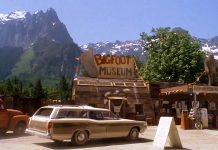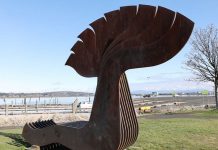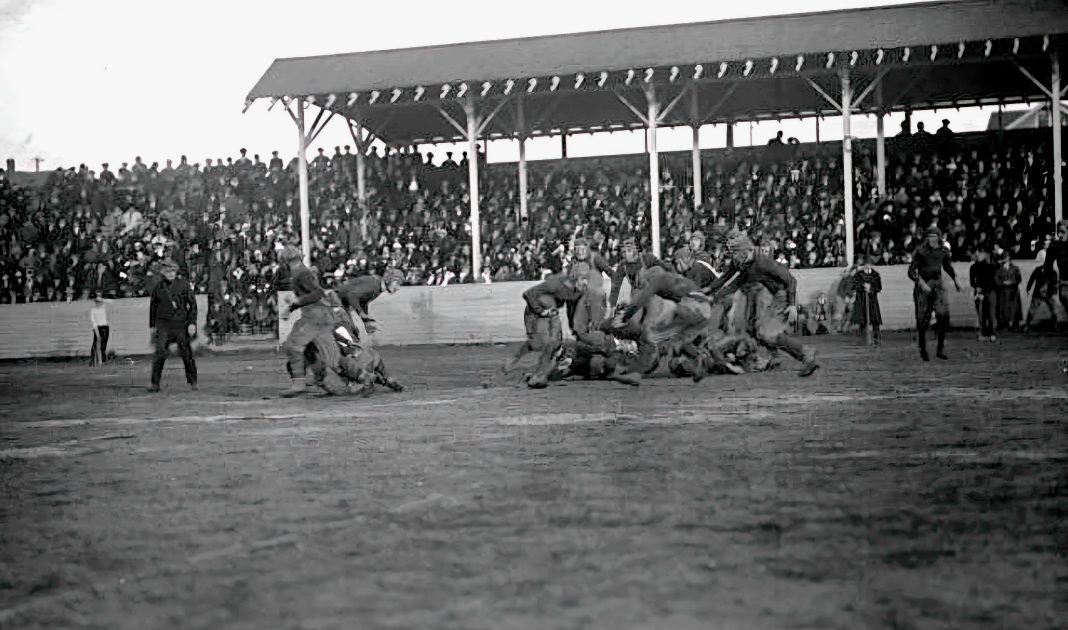In the fall of 1920, amidst the clang of mill-town industry and the sweat of hard labor, a group of underdog high school athletes from Everett stepped onto the field to achieve gridiron glory. Dubbed “Baggy’s Boys” after their legendary coach Enoch “Baggy” Bagshaw, they defied expectations by clinching an unofficial, or otherwise mythical, United States high school football championship. This is the story of that unforgettable season, the iconic coach, and the year his boys wrote Everett’s name in the football hall of fame!
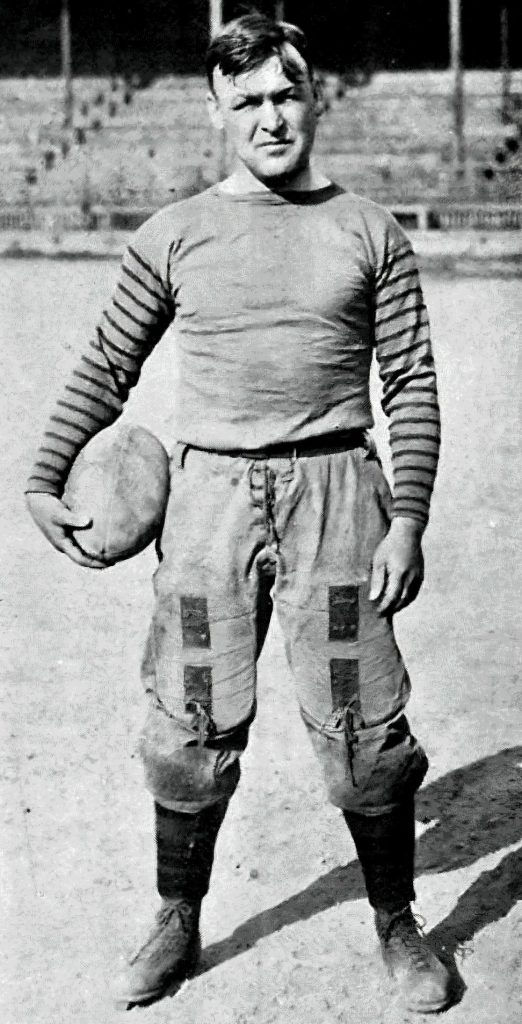
A Game-Changer of a Coach Arrives, Steps onto the Field in Everett
A native of Wales, Bagshaw migrated to Seattle with his family in 1892, when he was a young boy. After graduating from Broadway High School in 1903, he enrolled at the University of Washington, financing his studies by delivering newspapers and milking cows. Never one to stay on the sidelines, Bagshaw stepped off a high school football field onto a college one, proving to be a versatile football player and invaluable asset to the team, playing end, halfback, and quarterback, and even serving as team captain.
When he was hired as a science teacher at Everett High School in 1909, he was also passed the ball, given the duties of head football coach. With an unwavering dedication, he lived and breathed the game, and his intensity showed through in the discipline and perfectionism drilled into his young athletes. By 1911, he had his first undefeated team, and the victorious season would set the stage for the “Bagshaw Years,” lasting until 1920 and having enough momentum that would carry the team to its championship glory. During this time, Bagshaw’s boys would remain undefeated, albeit with a single point loss of 13-12 to Hoquiam in 1915.
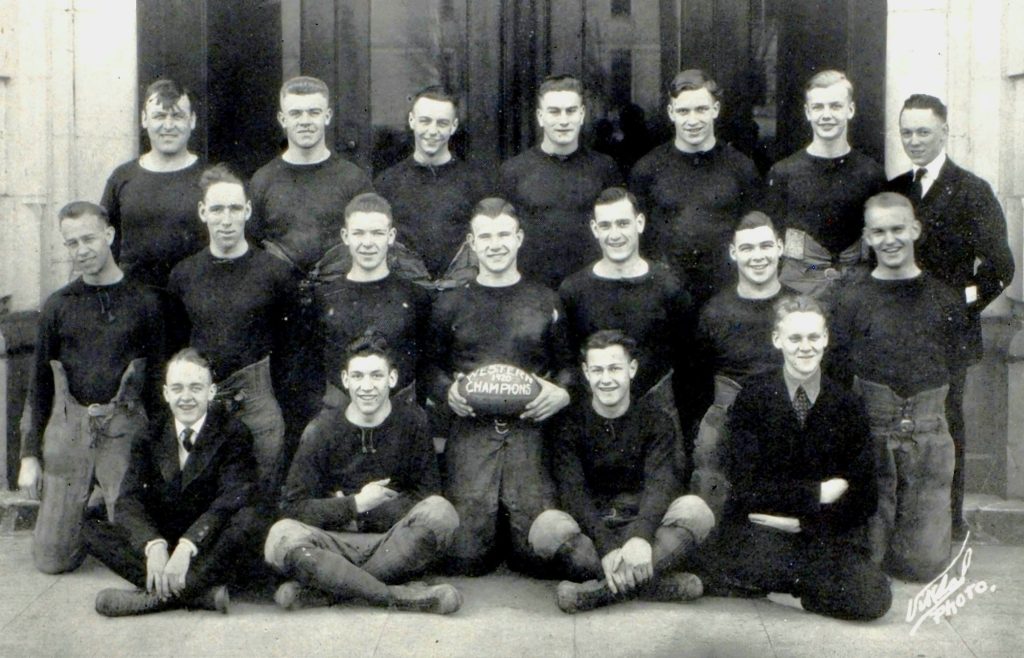
A Baggy Boy’s Game Plan
Going into the 1920 season, Bagshaw knew he had a fine-tuned, lean, mean, fighting machine in that year’s team of Baggy boys. Hailing from families of fishermen, pastors, businessmen, saloon owners and mill workers, these boys embodied a community spirit built on perseverance and hard work, each bringing a little extra grit to the game. Already, they had tied a formidable team from Scott High School of Toledo, Ohio, the previous year to finish the season unbeaten. Though a far cry from losing, the boys knew there was no sweeter taste than victory, and having only secured a partial claim to a mythical U.S. high school football national championship, their appetites were far from satisfied.
As the season began, some 35 boys gathered on Athletic Field that once occupied the Riverside Neighborhood of Everett to prepare for the challenges ahead. For four grueling months, they donned their football togs every afternoon after school, running drills and honing their skills in relentless practice. With each bead of sweat, their resolve strengthened, and as the first game of the season approached, they were now laser-focused on achieving the national title outright.
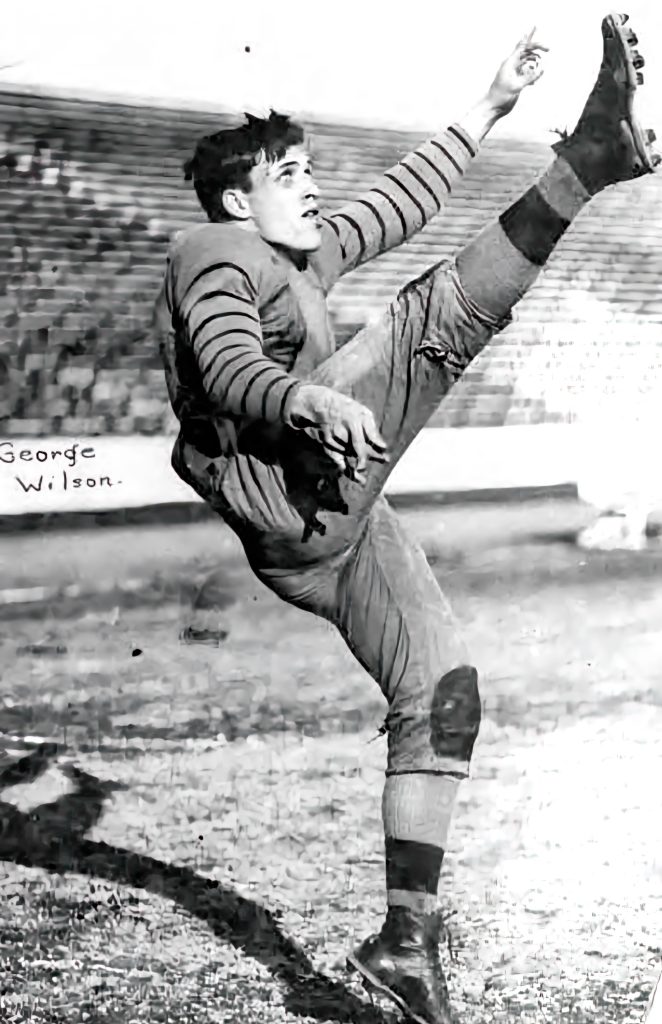
Kick-Off Time for Everett’s Baggy Boys Championship Season
The 1920 season commenced with a revealing 13-13 tie against Everett’s alumni, immediately highlighting the team’s formidable talent under Bagshaw. This was followed by a decisive 68-0 victory over Sedro-Woolley, their sole Washington high school opponent that year. Demonstrating their readiness for any challenge, Everett then delivered convincing defeats to the Bremerton Navy Yard and Naval Base Hospital teams, showcasing their dominance against older and heavier competition. Their consistent victories created such a powerful reputation that other teams began to avoid scheduling matchups with the Baggy Boys.
Following a strategic scouting trip to watch the University of Washington play against St. Marin’s College, Everett next faced the UW freshmen, who initially arrived eager for revenge for the previous year’s tie but would ultimately fail with a final score of 20-0. Their subsequent physical battle against St. Martin’s College, played under collegiate rules, resulted in a hard-fought 19-0 win despite injuries. The anticipated “Interstate Championship” against Oregon’s The Dalles High School became a resounding 90-7 victory for Everett, even with key players sidelined, solidifying their status as the Northwest’s premier prep team and earning them the title “The Pride of Washington.”
Scoring the Goal Against the Western States
After their impressive win at The Dalles, the Baggy Boys were eager to prove themselves against opponents from beyond their home state. Coach Bagshaw set the stage for an epic Thanksgiving battle on November 25 by scheduling a game against East High School from Salt Lake City, even providing $2,500 to help the visitors with travel expenses. Known for their blazing speed and having clinched the Utah state championship three years running, East High was anticipated as a formidable challenge. Yet, in a 60-minute matchup on Athletic Field, Everett’s tenacity prevailed, and they thrusted the “speedy eleven” aside with a crushing 67-0 score. That performance not only silenced doubters but also underlined the Baggy Boys’ unyielding pursuit of a full national title.
No sooner had they celebrated that success than another test awaited in Long Beach, California. On December 17, Everett’s team embarked on a trip down to Los Angeles with a modest squad of 12 players and a fervent sendoff from their hometown fans. They even brought their own barrels of water, wary of what they deemed an inferior supply in California. Long Beach, which had declared the game-day a half holiday and welcomed a crowd of 15,000 to their newly built stadium, underestimated Everett when they spotted the team’s shoddy uniforms. With disciplined execution—bolstered by standout performances from Sherman, Wilson, and Carlson—Everett outclassed their opponents 28-0, earning them the Western United States Championship as confirmed by elation back home.
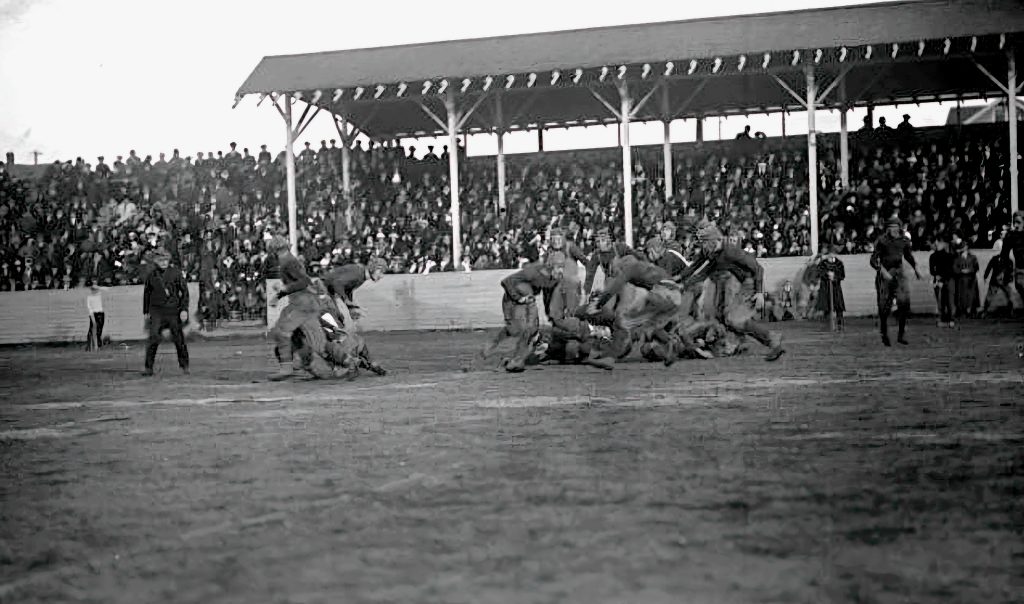
A Final Showdown with Challengers from the East
Everett’s dominant victories throughout the fall had not gone unnoticed, with whispers of their prowess reaching the Midwest and the East Coast. East Technical High School of Cleveland, Ohio, a gridiron powerhouse from a state renowned for its high school football excellence, stepped up to challenge the undefeated “Baggy Boys.” Coach Bagshaw’s confident response, “Bring ’em on,” set the stage for a highly anticipated clash for the unofficial national title. Adding intrigue to the matchup was East Tech’s recent victory over Scott High of Toledo, a team Everett had tied the previous year and a program with a strong national championship pedigree.
On a crisp New Year’s Day in 1921, a massive crowd of around 10,000 enthusiastic fans, nearly a third of Everett’s population, packed Athletic Field for the championship showdown. East Technical, boasting a strong line, speedy backfield, and impressive teamwork, presented a formidable challenge. While Cleveland relied on the forward pass, Everett’s strength lay in their disciplined, straightforward style of football. Notably, East Tech’s lineup included Jack Trice, an exceptional African-American player who would later have Iowa State University’s football stadium named in his honor, highlighting the diverse talent on display.
In a hard-fought, back-and-forth battle characterized by gridiron grit, Everett’s relentless play ultimately prevailed. Despite Cleveland’s frequent substitutions, Coach Bagshaw stuck with his starting eleven, and key plays from Carl Michel, including strong runs and punt returns, helped Everett secure crucial gains. As a large gray gull circled overhead for the fourth time that season – now considered a good omen – the final whistle blew, declaring Everett victorious with a 16-7 score. The “Baggy Boys” had done it; they were the mythical national champions, sparking jubilant celebrations throughout Everett and forever solidifying their place in the town’s history as the “School of Champions” took flight as the now beloved Everett Seagulls. As for Bagshaw, less than a month after Everett’s New Year’s Day triumph, he was introduced as the new head coach of the University of Washington.
At the close of their unforgettable season, the Baggy Boys emerged not just as winners, but as icons who redefined high school football excellence. Their journey—from local practice drills to remarkable victories against the East—captured the heart of a community and crowned Everett with national glory. Champions then, legends forever, their incredible season remains a playbook for dreaming bigger and soaring high.





